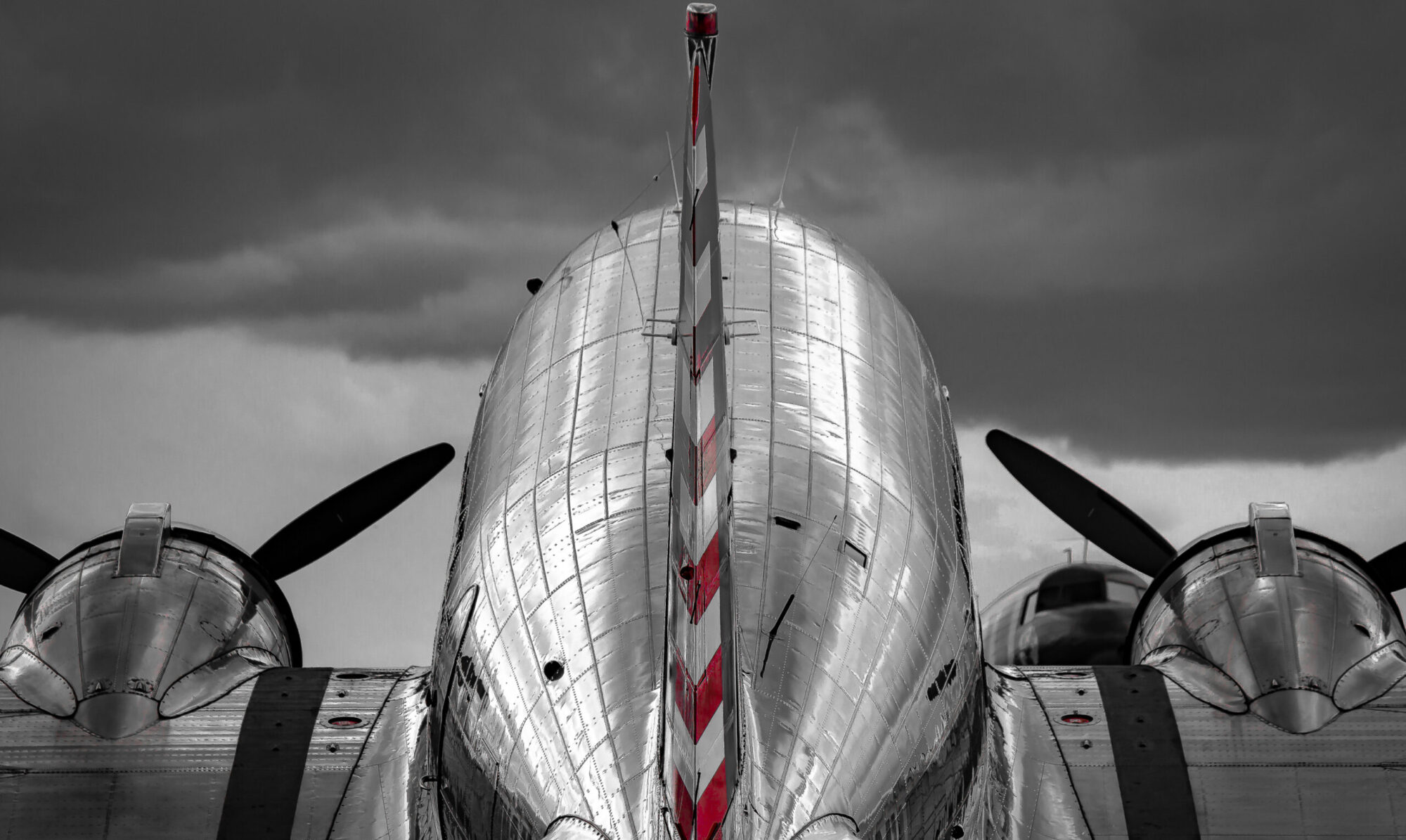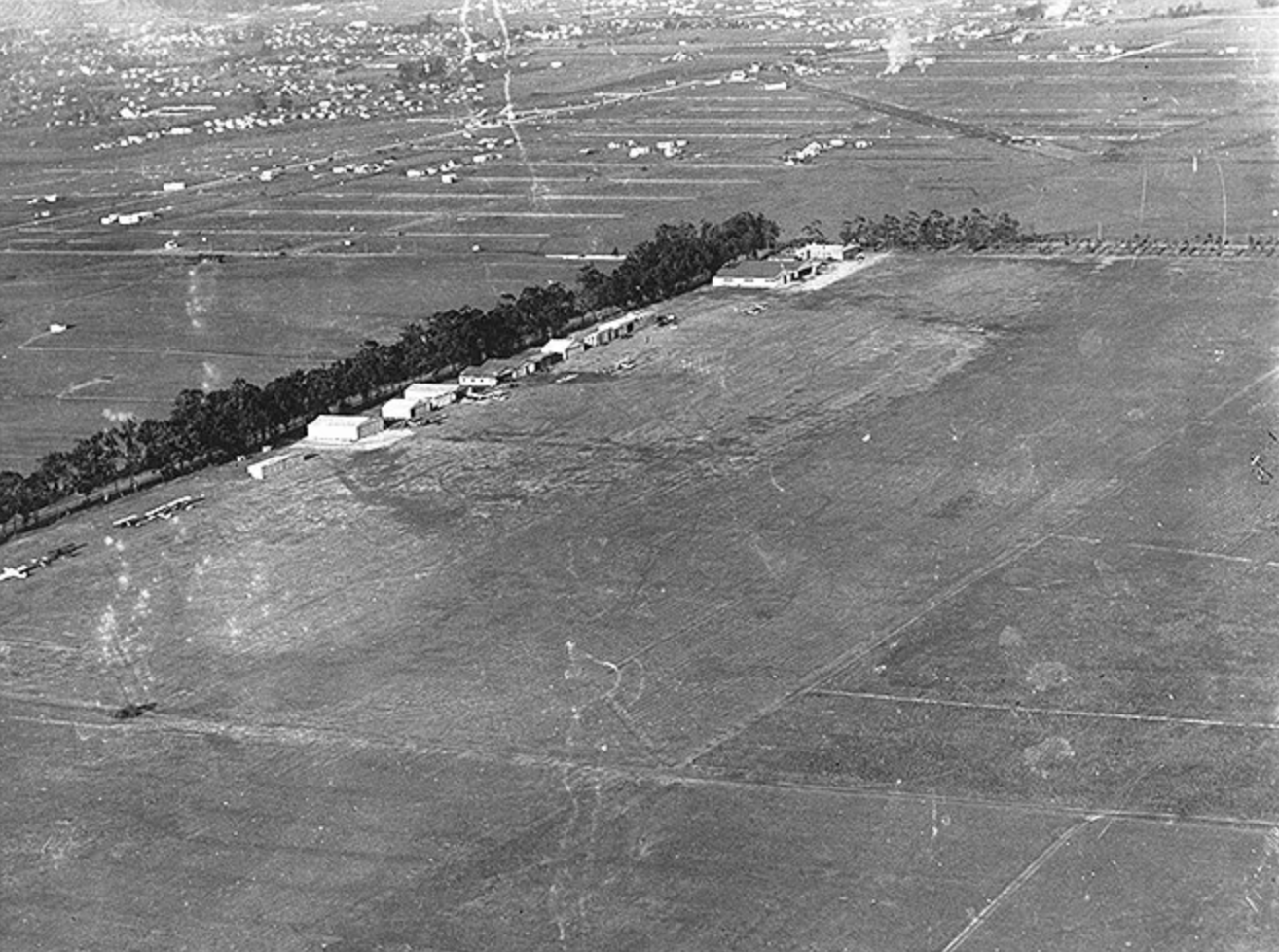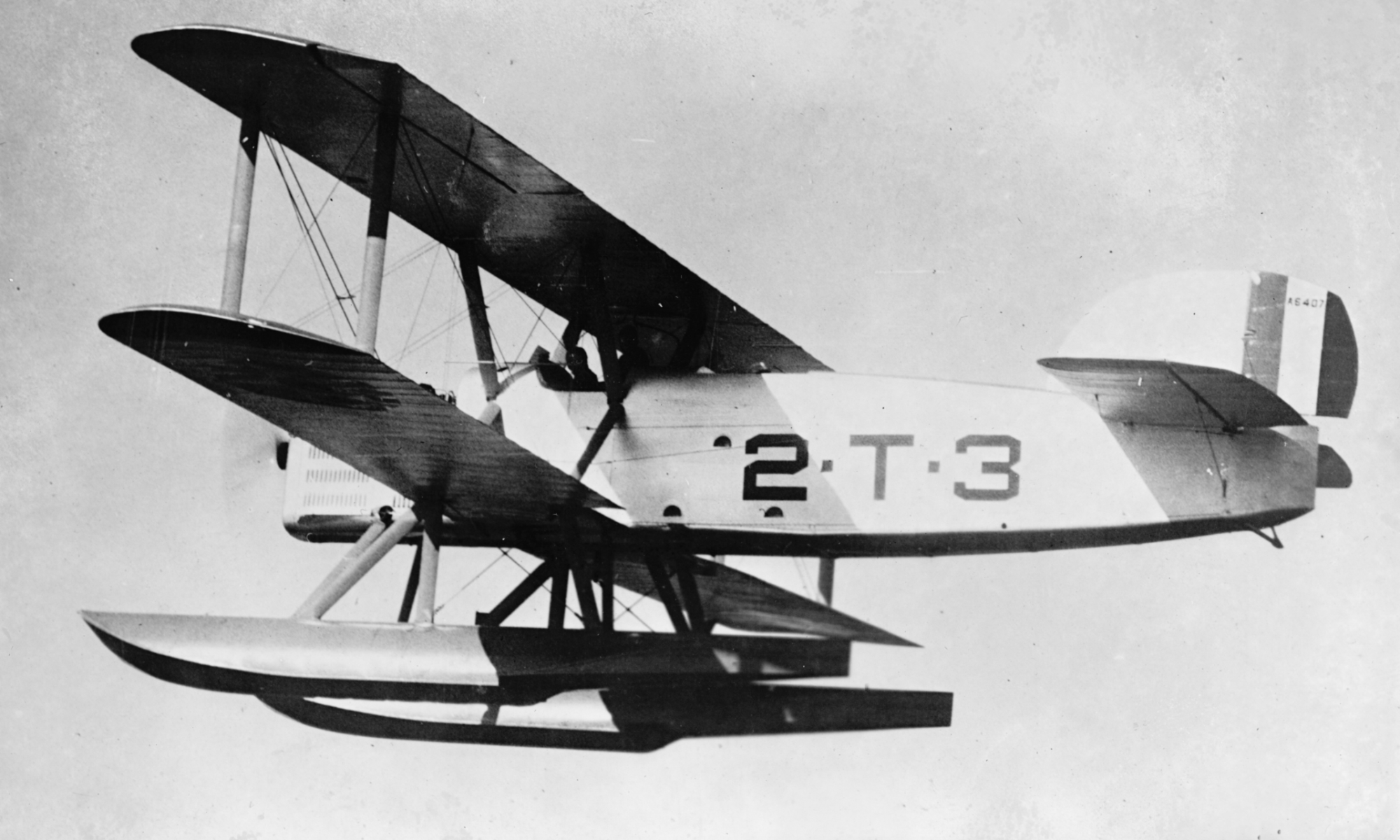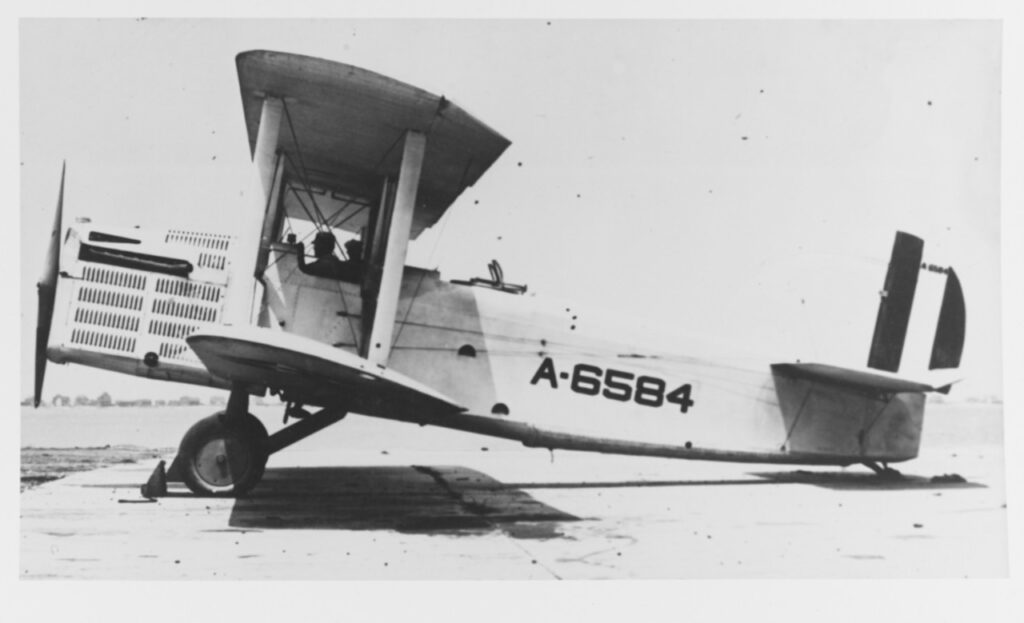While testing on the aircraft took place throughout the spring of 1924, the U.S. Army Air Corps took official delivery of the last of the five units of the Douglas World Cruiser on March 11.
Testing on the prototype took place at McCook Field, in Dayton, Ohio, with trials on the floats in Hampton, Virginia, and again in San Diego, California. The DWC featured the 400-horsepower Liberty V-12 engine—a proven mount that the Air Corps already knew well from its use in a variety of airplane during the Great War—and it could cruise at 100 mph. According to the Smithsonian National Air & Space Museum, 20,748 of the Liberty engines were built by auto manufacturers, including Ford, Packard, Buick, Lincoln, and Marmon for aviation use.
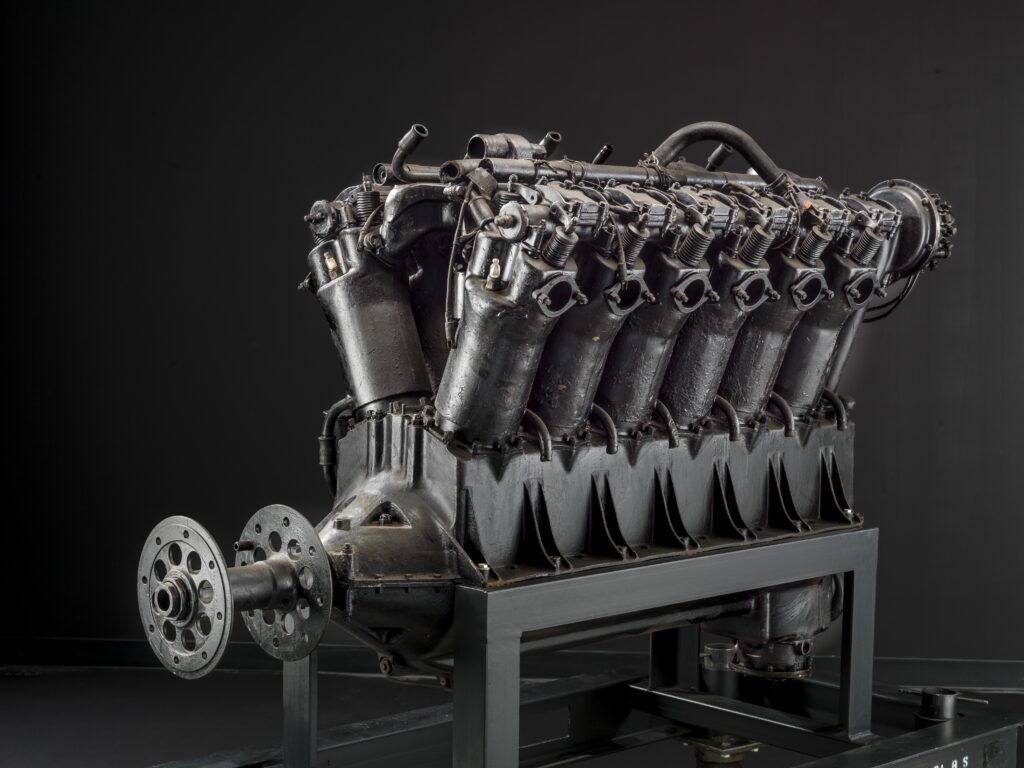
One of my most cherished books is an original edition of “Sky Master: The Story of Donald Douglas,” signed by Douglas himself. From those pages, I quote the specifications of the DWCs, from a DAC report.
“The fuselage is made in three detachable sections and is constructed of steel tubing. Wings are of the standard wood box beam and built-in rib construction. The wings may be folded back for convenience in storage. The water-type landing gear consists of twin pontoons of built-up wood construction, the top covering being of three-ply veneer, and the bottom planking being two plies of mahogany.
“The specifications of the World Cruiser are as follows: Weight, empty, as a seaplane, 5,500 pounds; disposable load, 2,615 pounds; gross weight, 8,000 pounds; as a landplane, weight, empty, 4,300 pounds; disposable load, 2,615 pounds; gross weight, 6,915. Gasoline capacity, 450 gallons [up from 155 gallons in the DT-2], or enough for eighteen hours of non-stop flight. Wing span, both upper and lower, 50 feet; height 13 feet seven inches; length, 35 feet six inches…”
